Three kinds of Arabica coffee beans, the historical flavor and taste of Arabica coffee beans are different.
How often do you drink coffee? Have you ever calmed down and thought about how many kinds of coffee beans there are in the world? Where do they all come from? Today, in front of the street, we will discuss the relevant information about coffee beans. Those who follow the front street coffee know that there are three main kinds of coffee beans in commercial circulation in the world, namely: Arabica, Robusta, and Liberia.
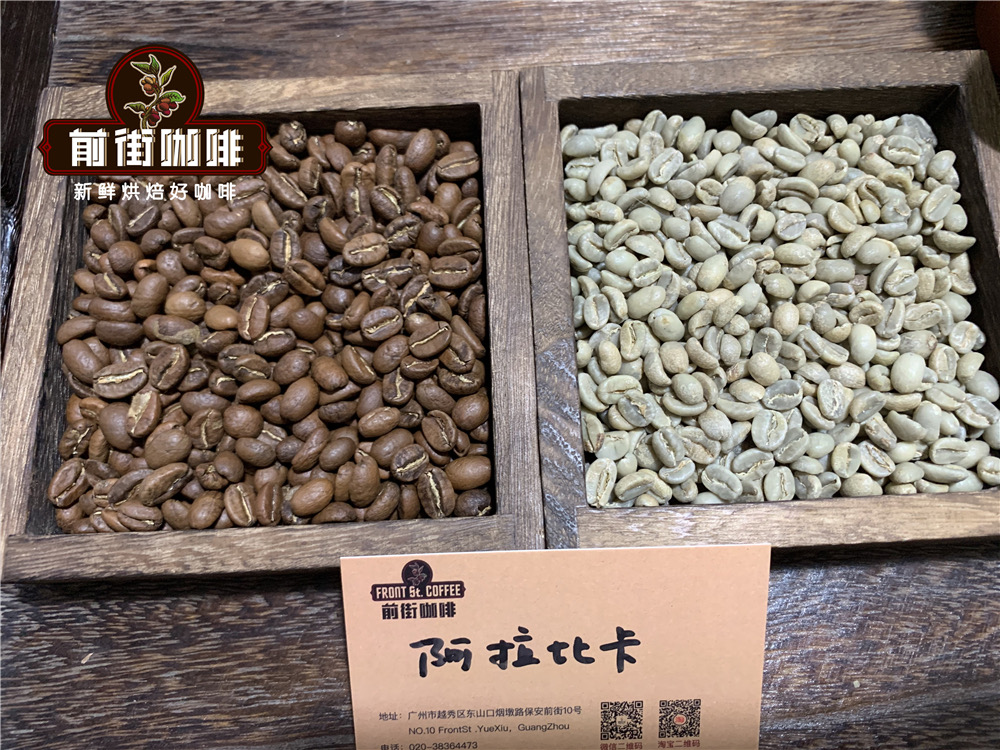
Arabica
As one of the most popular and famous coffee beans, Arabica coffee beans are the most common varieties and are considered to be of higher quality. In fact, more than 60% of the coffee beans produced in the world are Arabica coffee beans.
These beans grow at high altitudes and need to be in areas where rainfall is stable and cool.
Arabica coffee beans are oval in shape, slender and flat, moderately sour and bitter, and mild aroma.
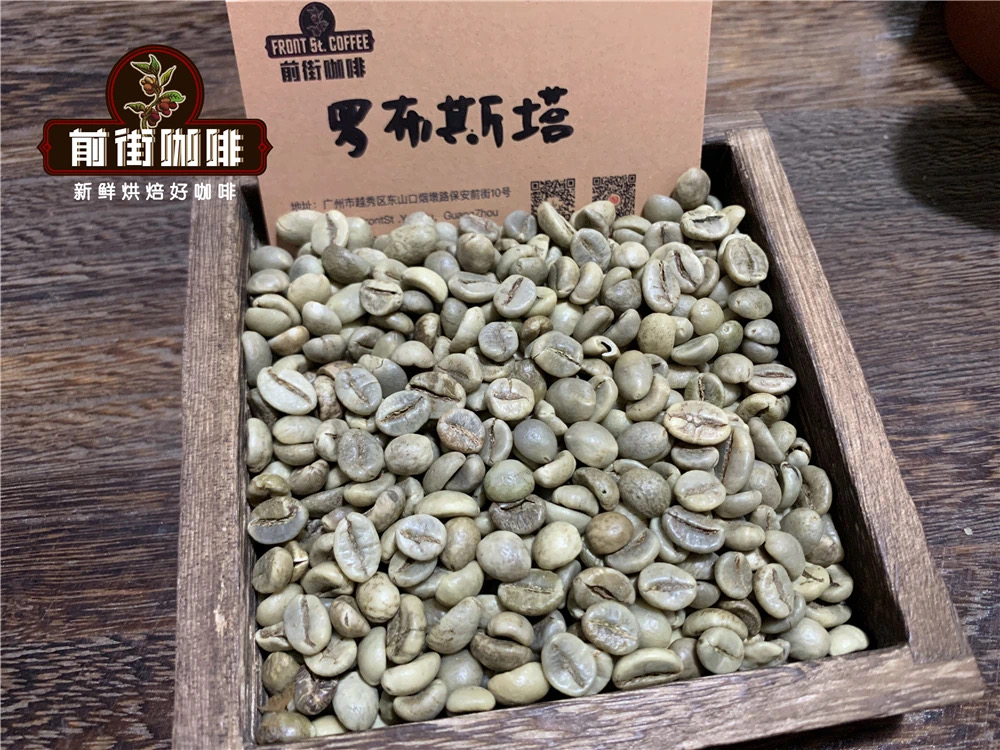
Robusta
Robusta is the second largest producer of coffee beans in the world. Robusta coffee beans are both hardy and immune to a variety of diseases. This type of coffee beans grow best in hot climates with irregular rainfall and can also grow at many elevations. Compared with Arabica coffee beans, those growing on Robusta plants contain twice as much caffeine, which means they are a great choice for a real pick-me-up.
Robusta coffee beans are oval but short, bitter and less fragrant than Arabica beans.
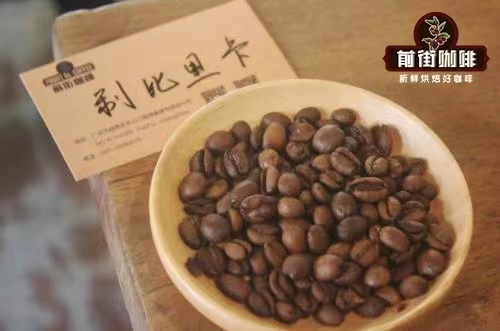
Liberia
One of the most difficult types of coffee beans to obtain is Liberica coffee beans. They are bigger than other varieties of coffee beans and are the only irregularly shaped beans in the world. The aroma of Liberica coffee beans is also unique. Some people say that they are not only smoky, but also fruity and floral.
This paper briefly analyzes the types of three kinds of coffee beans. Today, I would like to focus on the analysis of Arabica subspecies iron pickup and bourbon. Bourbon and iron pickup constitute the most culturally and genetically important C. arabica coffee group in the world. Historical records show that coffee seeds were brought to Yemen from the coffee forests of southwestern Ethiopia, where they were grown as crops.
Recent genetic tests have confirmed that bourbon and iron pickup are the main seeds shipped from Ethiopia to Yemen. The descendants of bourbon and iron pickup spread from Yemen to all over the world, forming the basis for the cultivation of modern Arabica coffee.
The history of iron pickup coffee and bourbon coffee:
Like all Arabica coffee, the tin card group should have originated in southwestern Ethiopia. Sometime in the 15th or 16th century, it was brought to Yemen. By 1700, seeds from Yemen had been planted in India. In 1696 and 1699, coffee seeds were sent from the coast of Malabar in India to the island of Batavia (now known as Java), which gave birth to a unique variety of tin cards as we now know.
Records of bourbon beans show that the French tried to introduce the coffee from Yemen to the island of Bourbon (now Reunion) three times in 1708, 1715 and 1718, as confirmed by recent genetic studies. Only a few plants from the second introduction and some from the third introduction were successful. It was not until the mid-19th century that bourbon coffee left the island and French missionaries known as Spiritans spread to Africa.
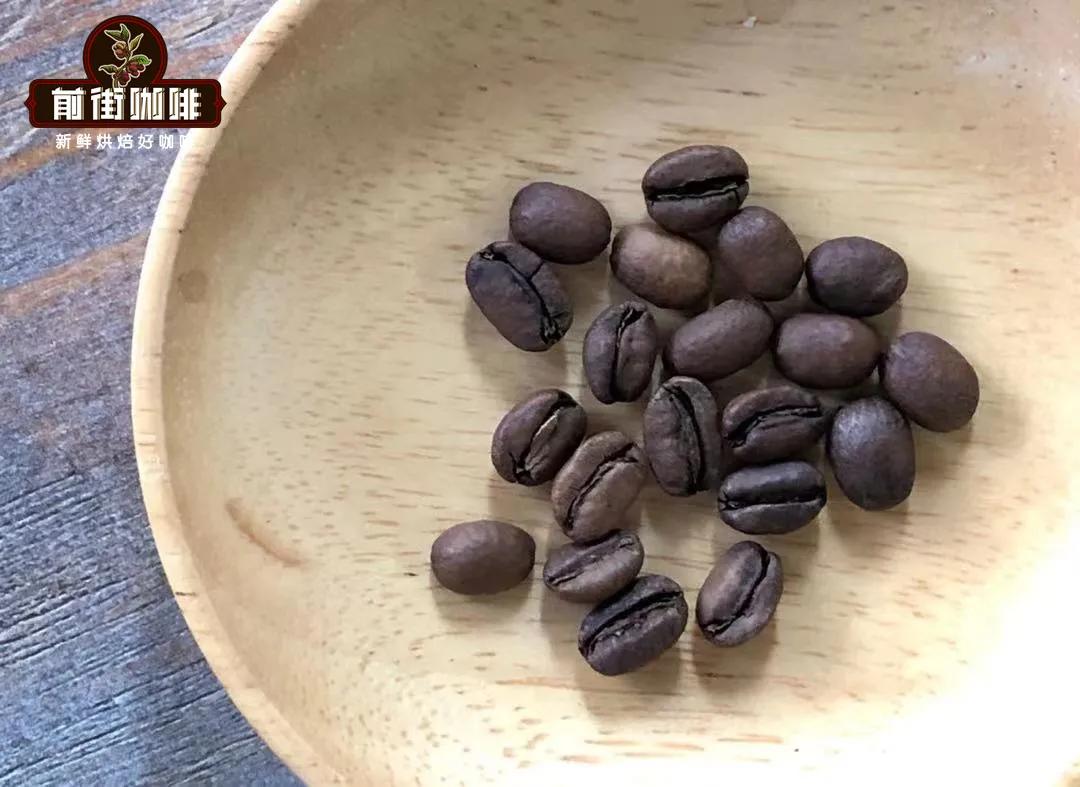
Appearance and planting characteristics of Iron pickup Coffee and Bourbon Coffee
Iron pickup is a tall plant, up to 3.5-4 m high. The Ironpika coffee plant is conical, with the main vertical trunk and the secondary vertical trunk slightly tilted. The lateral branch forms a 50-70 °angle with the vertical stem. The output of iron pickup coffee is very low, but it has excellent cup quality.
Bourbon plants produce 20-30% more coffee than iron pickup, but harvest less than most coffee varieties. The cone shape of bourbon coffee plant is less than that of Tippica coffee plant, but it has more secondary branches. The angle between the secondary branch and the main stem is small, and the distance between the branch points on the main stem is close. The leaves are wide and the edges are wavy. The fruit is relatively small and dense. Cherries ripen quickly and are in danger of falling off in windy or rainy days. The best results for bourbon coffee are achieved between 3500 and 6500 feet. The quality of the cup is very good, similar to that of a tin truck.
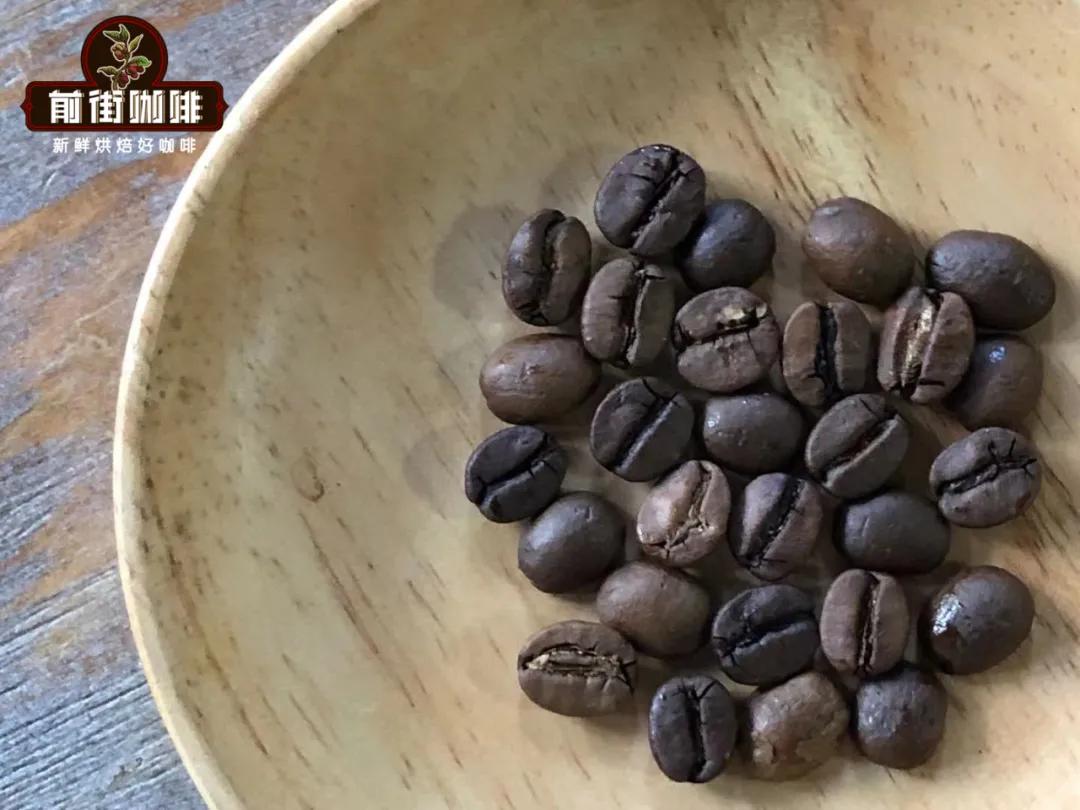
The flavor difference between iron pickup and bourbon
Generally speaking, iron pickup coffee beans are floral, fruity and very elegant. For example, the Clifton Manor Blue Mountain Coffee on the front street is a very classic tin card variety.
The baristas of Qianjie Coffee will use kono filter cups to brew this Blue Mountain Coffee. The water temperature is 88 degrees Celsius and the grinding degree is medium. The first stage is filled with 30g of water for 30 seconds, and the second stage is filled with about 125g of water, then wait for the coffee liquid to drop, and when it is halfway down, the last stage of water is injected to 225g, that is, 15 grams of coffee powder is injected with 225g of water, the proportion is 1:15.
Smooth and fragrant, with an excellent sense of balance. It is slightly citrus sour and smooth on the palate, with nutty notes in the middle and dark chocolate at the end.
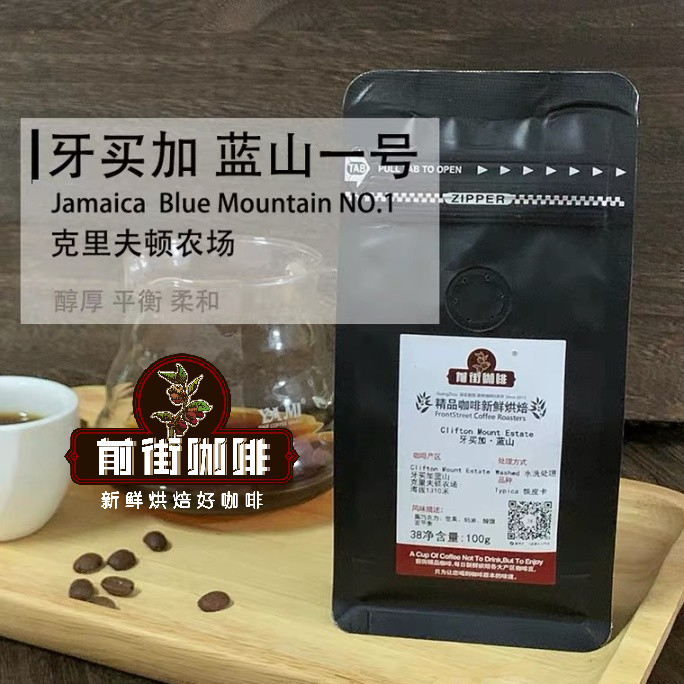
Qianjie Coffee believes that Brazil as the first stop of bourbon varieties in South America, Brazilian bourbon coffee may be more representative. Red bourbon from South Minas is a half-sun treatment. Baristas of Front Street Coffee use the same brewing parameters as Blue Mountain Coffee.
The flavor is balanced, with a typical Brazilian coffee style. Nuts and chocolate have outstanding flavor and low acidity. Smooth, with hints of tropical fruit.
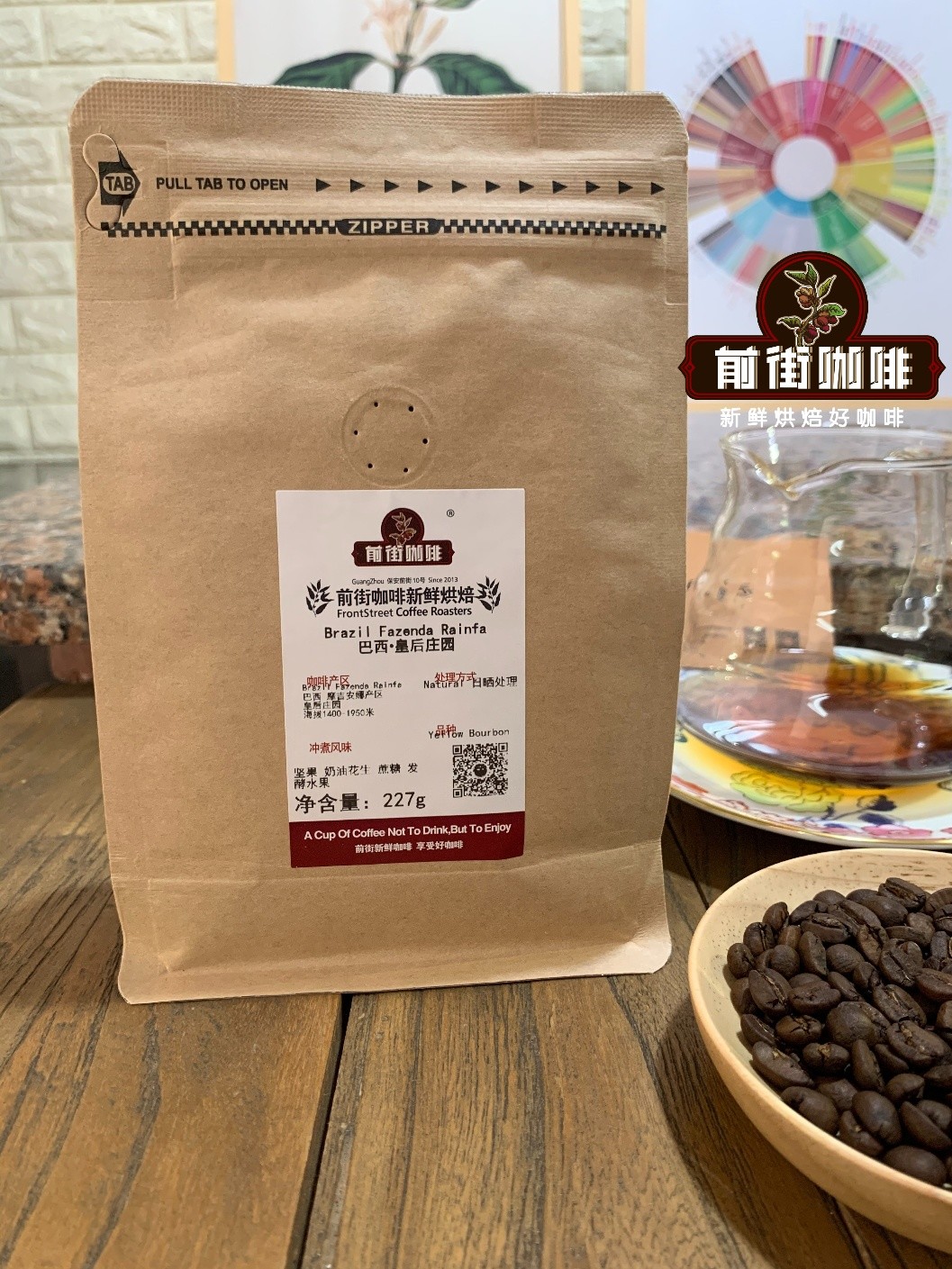
After comparing the varieties of iron pickup and bourbon coffee beans, I believe everyone will wonder what kinds of coffee there are under the tin card group and the bourbon group. Pick some more powerful varieties in Qianjie and introduce them to you.
There are some famous varieties of coffee in the iron pickup family:
Maragogype: Maragogype is sometimes called "elephant bean" because of its unusually large beans and plant height. It usually uses the flavor characteristics of its growing soil.
Pache Comum: this is a smaller coffee plant that can be planted more densely to achieve higher yields. Pache Comum can be described as having smooth or flat properties.
SL34: this plant was selected at the Scott Agricultural Laboratory in Kenya in the late 1930s. SL34 has complex citric acid, full-bodied taste and clean, sweet aftertaste.
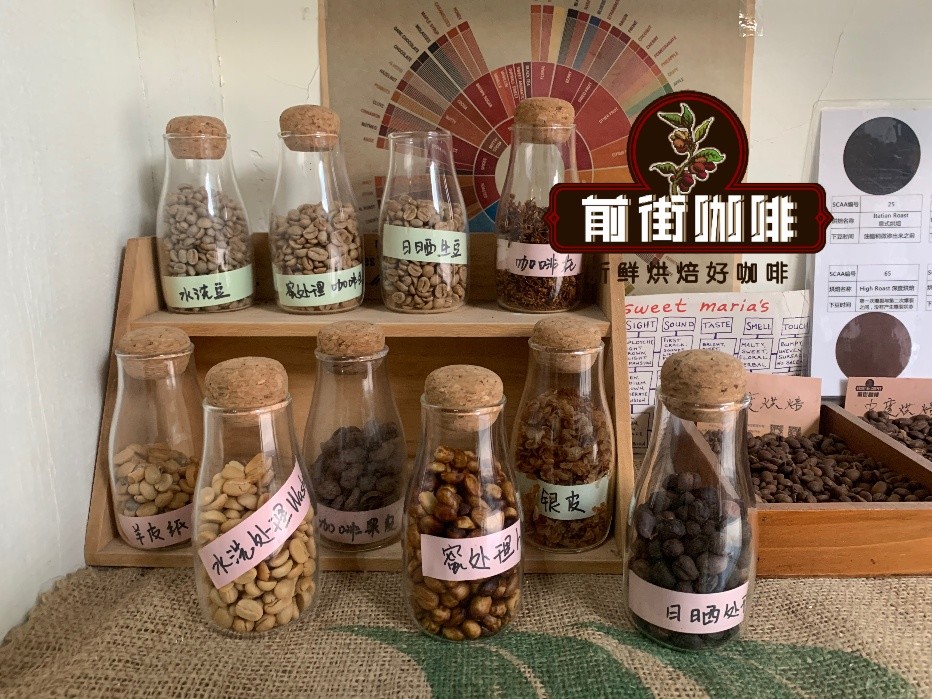
The bourbon family has a series of natural mutations:
Caturra: first found in Brazil, it has become one of the most economically important coffee in Central America, usually compared to the standards of other cultivated varieties. It is not as clear and sweet as bourbon, but it has bright acidity and low body.
Villa Sarchi: this is a variant of Caturra. Caturra, a more direct descendant of bourbon, was first discovered in Costa Rica in the 1950s. It has elegant acidity, strong fruity aromas and excellent sweetness.
Gesha: originated in the village of Gesha in Ethiopia, it is a rich cup that produces the aroma of flowers and the sweetness of melons and fruits. It is one of the most expensive coffee in the world, with an auction price of up to $600 per pound and is usually used in baristas competitions.
There are also some famous iron pickup-Bourbon hybrids:
Mundo Novo: a natural hybrid between Iron pickup and Bourbon, first discovered in Brazil in 1943 and has since spread to Peru, Guatemala, and Malawi. A good cup of Mundo Novo can have rich sweetness and low acidity.
Pacamara: this is a mixture of Maragogipe and Pacas developed in El Salvador. It is characterized by a medium to full-bodied wine with a smooth texture and flavors ranging from chocolate or butterscotch to sweet citrus tones.
Catuai: high acidity hybridization between Mundo Novo and Caturra. This is a high-yielding plant, and cherries are not easy to fall off from the branches, which is a favorable characteristic in areas with strong winds or heavy rain.
Professional coffee knowledge exchange more coffee bean information please follow the coffee workshop (Wechat official account cafe_style)
For more boutique coffee beans, please add private Qianjie coffee on Wechat. WeChat account: kaixinguoguo0925
Important Notice :
前街咖啡 FrontStreet Coffee has moved to new addredd:
FrontStreet Coffee Address: 315,Donghua East Road,GuangZhou
Tel:020 38364473
- Prev
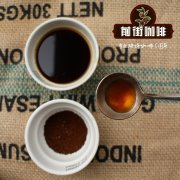
Starbucks Brazil Coffee-IP Manor | Starbucks Coffee Type | Starbucks individual Coffee
Professional coffee knowledge exchange more coffee bean information please follow the coffee workshop (Wechat official account cafe_style) Brazilian coffee, the world's largest coffee producer and leader of the world's boutique coffee now, boutique coffee is changing faster and faster. In order to adapt to the change, in addition to bakers and baristas, coffee farmers at the source also need to try new ideas.
- Next
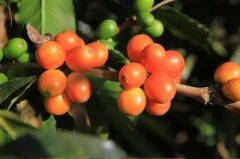
Red bourbon coffee and yellow bourbon coffee feature _ eye-catching pink bourbon coffee
Professional coffee knowledge exchange more coffee bean information please follow the coffee workshop (Wechat official account cafe_style) after the general coffee tree blossoms and fruit, the color of coffee fruit changes from green to yellowish to orange to ripe red and then to ripe dark red, so some people also call it red bourbon, in fact, red bourbon, that is, what we generally call
Related
- Detailed explanation of Jadeite planting Land in Panamanian Jadeite Manor introduction to the grading system of Jadeite competitive bidding, Red bid, Green bid and Rose Summer
- Story of Coffee planting in Brenka region of Costa Rica Stonehenge Manor anaerobic heavy honey treatment of flavor mouth
- What's on the barrel of Blue Mountain Coffee beans?
- Can American coffee also pull flowers? How to use hot American style to pull out a good-looking pattern?
- Can you make a cold extract with coffee beans? What is the right proportion for cold-extracted coffee formula?
- Indonesian PWN Gold Mandrine Coffee Origin Features Flavor How to Chong? Mandolin coffee is American.
- A brief introduction to the flavor characteristics of Brazilian yellow bourbon coffee beans
- What is the effect of different water quality on the flavor of cold-extracted coffee? What kind of water is best for brewing coffee?
- Why do you think of Rose Summer whenever you mention Panamanian coffee?
- Introduction to the characteristics of authentic blue mountain coffee bean producing areas? What is the CIB Coffee Authority in Jamaica?

